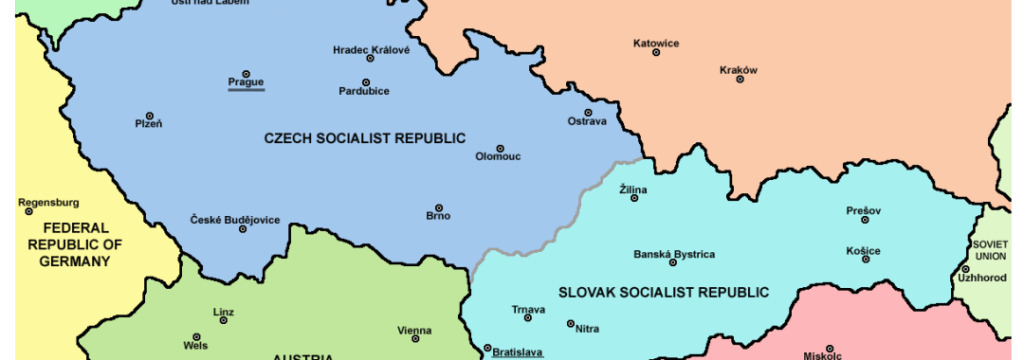Dissolution of Czechoslovakia

Formed after the fall of the Austro-Hungarian empire following World War I, Czechoslovakia remained cohesive until the Slovak Republic was created in 1938 as a “puppet-Nazi state” [New World Encyclopedia, 2018]. While the borders of Czechoslovakia were restored in 1945, the country fell under Soviet rule from 1948-1989. Following the fall of the Soviet leadership, leaders such as Czechian Václav Klaus and Slovakian Vladimír Mečiar advocated for the creation of separate nation-states. When faced with the Declaration of Independence of the Slovak Nation, politicians agreed to dissolve Czechoslovakia peacefully [Bradley, Hauner, Odlozilik, Wiskemann, & Zeman, 2016]. The passive split contrasted with other post-communist countries’ splits, which were often violent. The dissolution of Czechoslovakia was mandated on December 31, 1992, and in 1993, Slovakia would gain freedom and full autonomy for the first time.